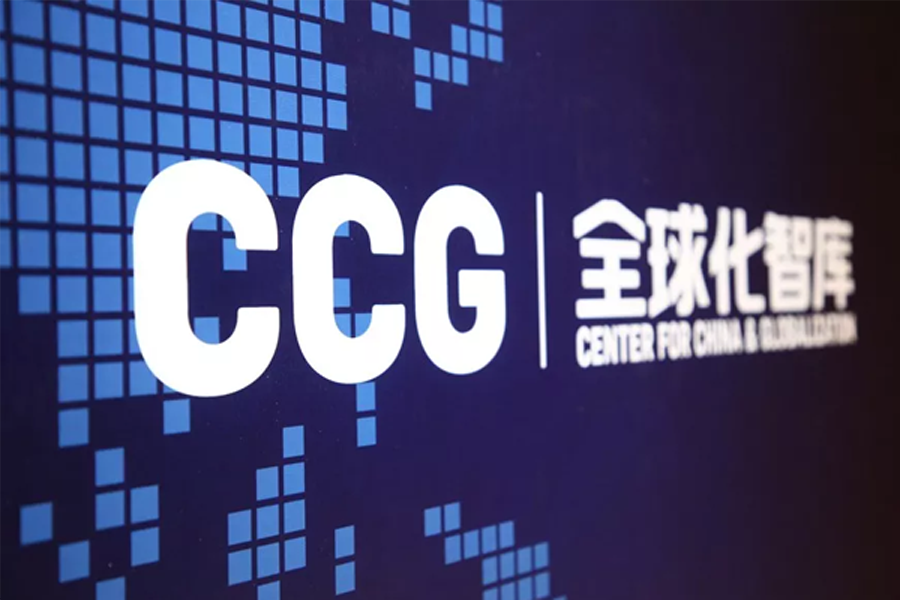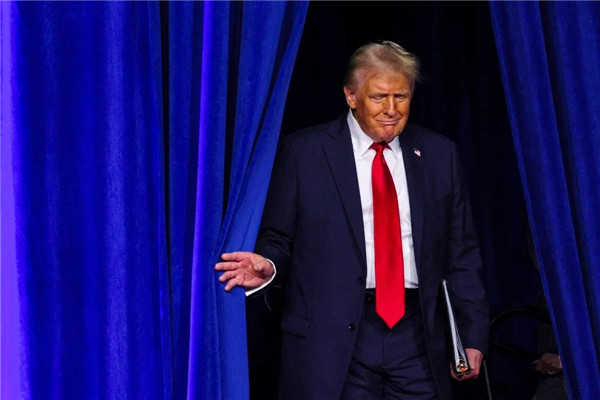Zhang Jin:Singles Day sales show buyer confidence
2018年11月20日From China Daily,2018-11-16

BY Zhang Jin, a guest researcher at the Center for China and Globalization
Online shopping stats serve as a barometer for consumption trends
Nov 11 may be just another day for most people, but it is unique and significant to the Chinese. Singles Day, as it is called, falls on Nov 11 every year and is a tremendously popular shopping holiday in China. Initiated by a group of university students in the 1990s, the date, 11/11, was chosen because the number “1” resembles an individual who is single.
On this day, young people used to hold bachelor parties to create couples or simply have fun. Some choose the day to end their bachelor life by showing love or proposing for marriage.
While it was previously only popular among a small group of young people, since 2009 it has become a national celebration. That is the year when Alibaba, China’s largest e-commerce platform, held the first Double Eleven Shopping Festival on its e-retail arm Taobao.com, creating an shopping frenzy for the first time.
Since then, Singles Day has evolved into a commercial phenomenon, rather than a social event. In the process, it has shown the evolution of China’s retail landscape and, more broadly, the economic restructuring of the country.
This past Nov 11 marked the 10th year of the commercialization of Singles Day. An analysis of Singles Day sales is a strong indicator of where the Chinese economy, especially the consumption trend, is heading.
First of all, thanks to the popularity of the Internet and mobile technologies, e-commerce has become the preferred method for how people shop.
When the Double Eleven Shopping Festival was launched in 2009, Alibaba’s Taobao was the only platform involved. Taobao saw 50 million yuan ($7.2 million; 6.4 million euros; £5.6 million) in transaction value, not a big deal by today’s standards. But since 2012, more e-commerce platforms have joined the shopping spree, and the single-day transaction value on Alibaba’s Tmall alone has skyrocketed every year, reaching 213.5 billion yuan this year, a 27 percent jump from 2017.
According to the State Post Bureau, major Chinese e-commerce platforms generated 1.352 billion delivery orders, up by 25.12 percent and equivalent to every Chinese resident placing an order that day.
The increase is a clear manifestation of Chinese consumers’ ardent enthusiasm toward online shopping, making China one of the few major economies that jumped onto the bandwagon of online commerce without having developed mature physical-retail networks.
Given this reality, any businesses that target individual Chinese consumers will have to either invest or partner with an e-commerce platform to achieve success. The strong demand demonstrated by this year’s Nov 11 sales also showcases the great potential of China’s consumer base.
The launch of the Double Eleven Shopping festival was not accidental. When it was created in 2009, the Chinese economy, then still heavily relying on exports, was hit hard by the global financial crisis, meaning traditional export markets like the United States were not able to absorb China’s large manufacturing capacity. Therefore, the shopping event was created as a way to boost consumption at home. It was also intended to serve as a barometer for China’s domestic consumption power.
If this year’s robust sales figures are any indication, there should not be too much doubt about the potential of China’s domestic consumption in the years to come.
One of the reasons behind this trend is a changing consumer demographic. Statistics show that nearly half of the online buyers are young people born after 1985, referred to as the post-’85 generation, or the millennium generation. Compared with their parents’ generation, they tend to consume more than save, transforming China from a country with traditionally high savings into a country of consumers.
Partly because of the rise of this generation, China’s consumption pattern has also transitioned from bargain shopping toward quality consumption in the past 10 years. According to JD.com, another leading e-commerce platform in China, prior to 2015, consumers tended to place big orders for daily necessities and nondurable goods during the Double Eleven Shopping day. However, since 2016, consumers have tended to spend more on quality, brand-name products, even if they were not priced at a discount. On Nov 11, 2017, JD.com saw an increase of 80 percent in the sale of cosmetics, personal care products, food and wine and fresh food – categorized as quality consumption.
The pursuit of quality products can also be gauged from the demand for imported goods during the Singles Day promotion.
Since 2015, almost all of China’s e-commerce platforms have made great efforts to promote overseas or imported products to cater to the increasing demand from Chinese consumers, especially younger shoppers.
Some statistics show that consumers born between 1985 and 1990 spent a quarter of their money on imported products during Double Eleven.
Before the launch of this year’s event, e-commerce delivery company ParcelHero estimated that Alibaba’s Tmall, its medium-to-high-end retail platform, was expected to double Tmall’s sales in the United Kingdom.
It is no wonder that many well-known retailers such as New Look have launched their flagship stores at Alibaba’s Tmall and saw strong sales on Nov 11. Most are participating in the shopping festival through AliExpress, Alibaba’s cross-border export retail platform. Given the stats, there should not be much doubt about China’s desire for imported goods in the years to come.
Another visible change in China’s consumption patterns lies in the migration from merchandise to services. Consumers are willing to spend more on service items such as entertainment, tourism, catering and experience-themed products. Notably, online travel services became the latest hot seller during the Double Eleven Shopping festival.
Such a change is reflected by the broad economic data. From January to September, China’s consumption of services accounted for 52.6 percent of total consumption in the third quarter, up by 0.2 percentage points.
To sum up, this year’s Double Eleven shopping statistics provide clues to optimistic consumer sentiment and continued improvements to a shopping structure that sees an increasing number of Chinese consumers embracing technology-driven consumption, quality products and better services.
This should put an end to early doubts that China may experience a consumption downgrade due to a slowing economy and rising uncertainties.
While it cannot be denied that there will always be some consumers who will search for bargains and start to tighten their belts, it is not likely that we will witness a large number of Chinese consumers becoming less willing to spend.
The popularity of Pingduoduo, an online discount store, was recently cited as more evidence of the so-called consumption downgrade. But a closer analysis of the rise of Pingduoduo finds that it is more a result of consumers in rural areas starting to embrace online shopping, which is actually a good start for unleashing the potential of the rural consumer market.
From China Daily,2018-11-16






